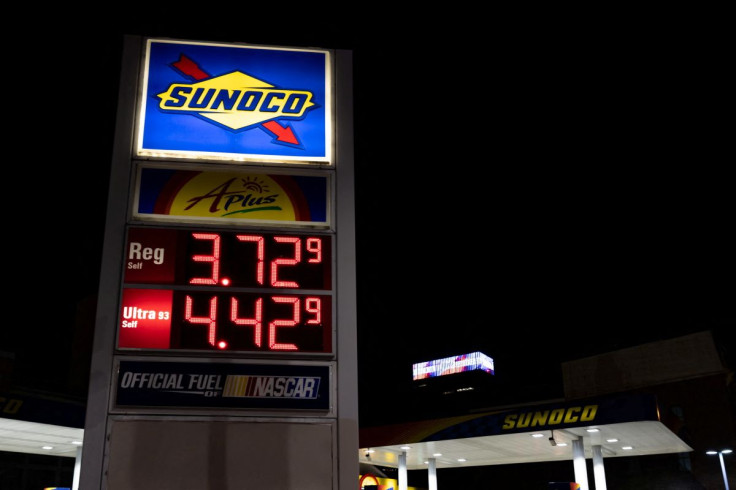Gasoline, Trucking Drive U.S. Producer Prices In May

U.S. producer prices increased solidly in May as the cost of gasoline surged, another sign of stubbornly high inflation that could force the Federal Reserve to raise interest rates by as much as 75 basis points on Wednesday.
The report from the Labor Department on Tuesday followed on the heels of news last week that consumer prices accelerated in May, culminating in the largest year-on-year increase since 1981. Inflation, a global phenomenon, has been worsened by Russia's dragging war against Ukraine, which is boosting oil and grain prices.
"Producer price increases continue to shoot higher which means even more pipeline pressures for the consumer in the months to come," said Christopher Rupkey, chief economist at FWDBONDS in New York. "This argues for a strong response from Fed officials to somehow get out in front of market expectations and tell the public they are winning the inflation fight."
The producer price index for final demand rose 0.8% last month after advancing 0.4% in April. A 1.4% jump in the prices of goods accounted for nearly two-thirds of the rise in the PPI. Goods prices, which rose 1.3% in April, were driven by rising costs for energy products.
Wholesale gasoline prices rebounded 8.4%, making up 40% of the rise in the costs of goods, after falling 3.0% in April. Jet fuel increased 12% after shooting up 14.8% in April. There were also increases in the cost of residential natural gas, steel mill products and diesel fuel.
But wholesale food prices were unchanged after increasing 1.4% in the prior month as the cost of beef and veal fell 9.5%, offsetting an increase in processed young chickens.
In the 12 months through May, the PPI increased 10.8% after accelerating 10.9% in April. Last month's increase in the PPI was broadly in line with economists' expectations.
INFLATION HOT
Government data last Friday showed a broad increase in consumer prices in May, which raised concerns that inflation was likely become entrenched. Those fears were amplified by a University of Michigan survey last week showing consumers' five-year inflation expectations jumped to a 14-year high of 3.3% in early June from a final reading of 3.0% in May.
With inflation far exceeding the Fed's 2% target by all measures and pressuring consumers, risks of the economy stagnating or plunging into recession next year are growing.
The U.S. central bank is expected to raise its policy interest rate for a third time this year on Wednesday, with a three-quarters-percentage point increase now seen as the likely outcome and the possibility of signals for more large hikes to combat inflation.
China's zero COVID-19 policy is dislocating supply chains, keeping goods prices high, adding to the inflation fires. A shortage of workers is driving up wages, resulting in higher prices for services.
The cost of wholesale services rebounded 0.4% in May after declining 0.2% in April. A 2.9% rise in prices of transportation and warehousing services accounted for more than half of the broad-based advance in services. Truck transportation of freight rose 2.9%.
There were also increases in the costs of services related
to securities brokerage and dealing, machinery and equipment wholesaling as well as chemicals and allied products wholesaling, automobiles and automobile parts retailing and transportation of passengers.
But margins for fuels and lubricants retailing plunged 21.7%. Fees for portfolio management and prices for hotels and motel rooms fell.
Excluding the volatile food, energy and trade services components, producer prices rose 0.5% in May. The so-called core PPI gained 0.4% in April. In the 12 months through May, the core PPI increased 6.8% after rising by the same margin in April.
© Copyright Thomson Reuters 2024. All rights reserved.




















